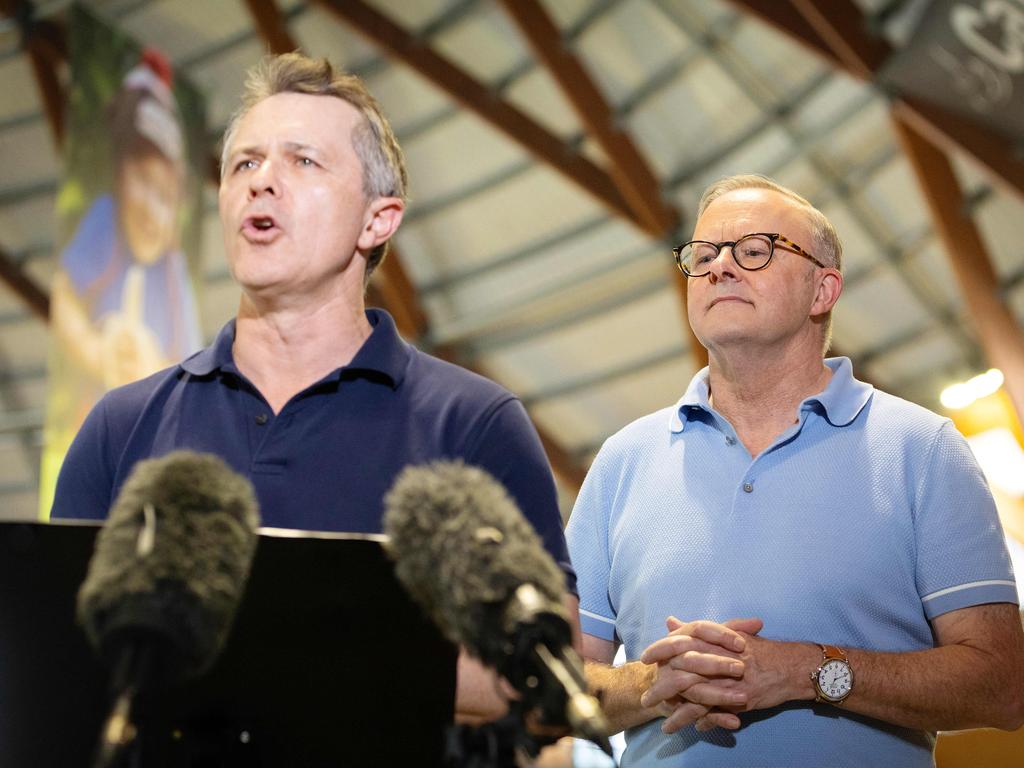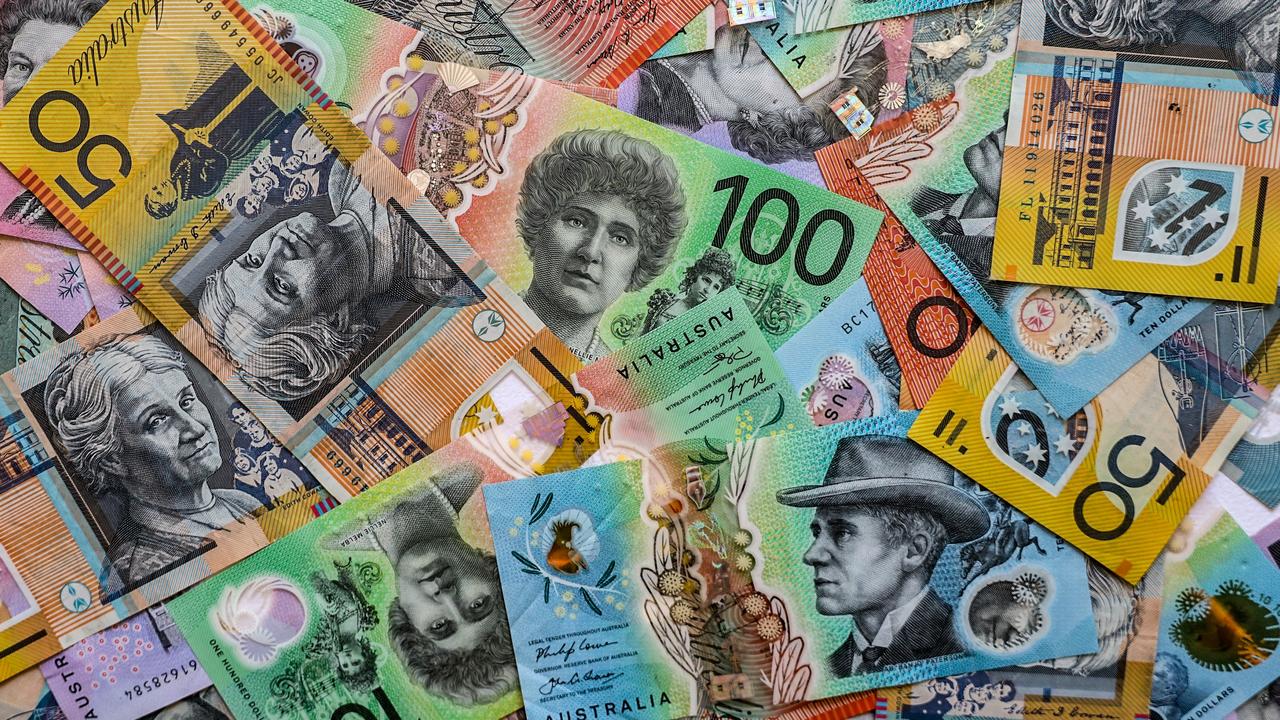Millions of Australian borrowers carrying student loans will see their debts increase this weekend, as the anticipated reduction in student debt remains at least two months out.
Labor made a significant campaign pledge before the election to reduce HECS, VET, and apprenticeship loans by 20 percent immediately after Anthony Albanese’s government secured re-election.
On Sunday, people’s debts will rise due to the yearly increment taking effect, since legislation for the 20 percent reduction isn’t scheduled to be presented to Parliament until members of parliament reconvene in Canberra later in July.
“It will be the initial legislation that we’ll present to Parliament when they convene for the first time during the final week of July,” stated Education Minister Jason Clare earlier this week.

Student debt will increase by 3.2 percent on Sunday, aligning with the consumer price index.
However, after the enactment of the legislation mandating the 20 percent reduction, debts will be reduced retroactively, with the indexation adjustment reflecting the decreased balance.
This indicates that the indexed increase will be applicable solely to the portion of the debt outstanding prior to the June 1 increment, reduced by 20 percent.
Reducing student debt by 20 percent would require the federal budget to spend $700 million over the upcoming four years, with an expenditure of around $16 billion stretching across future decades.
The typical student debt in Australia amounts to roughly $28,000; recently, the federal government adjusted the yearly increments following a significant surge in debts towards the end of the pandemic period due to high inflation rates.
“I believe every listener can relate to someone facing this issue, and many might be aware that HECS debts have grown significantly since my time at university—when most of us attended. By reducing these debts by 20 percent, we’ll greatly assist numerous individuals as they begin their lives, making it simpler for them to purchase their first homes,” stated Mr. Clare during an interview on ABC radio earlier this week.

From 1974 up until 1989, higher education was tuition-free in Australia. At first, each degree had a flat fee of $1800. However, in 1996, the federal government introduced a tiered pricing system with three different levels of fees.
The present Education Minister, Mr Clare, concluded his studies with a Bachelor of Arts and a Law degree from UNSW in 1998.
The legislation needed to cut student debt by 20 percent will serve multiple purposes beyond that.
“It will change the amount of money that you have to earn before you start paying your debt back,” Mr Clare said.
The point at which you begin repaying your debt will increase from $54,000 to $67,000. If you earn an annual salary of $70,000, your yearly repayment amount would reduce by approximately $1300.
“It means more money in your pocket,” Mr Clare said.
Legislation needs to be amended so that the tax office can reduce these debts by 20 percent.
The Labor Party will need to depend on the Greens to get these bills through the Senate. Throughout the election campaign, the Greens stated their intention to eliminate all student debt should they win the polls.








